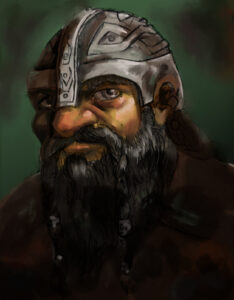 The Dworvs were the first sentient people on Uteria, though they were put into a long magical sleep and only awoke 4000 years ago. The dworvs of Uteria are a very industrious culture, believing that the only time your hands should be still is when you have passed from this world. While several dworven cultures exist, the one that is best known in Uteria is the dworvs of Greyhelm. They live in a grouping of cities at the base of the Swordspyne Mountains in the East.
The Dworvs were the first sentient people on Uteria, though they were put into a long magical sleep and only awoke 4000 years ago. The dworvs of Uteria are a very industrious culture, believing that the only time your hands should be still is when you have passed from this world. While several dworven cultures exist, the one that is best known in Uteria is the dworvs of Greyhelm. They live in a grouping of cities at the base of the Swordspyne Mountains in the East.
Dworvs stand a little over four feet tall and are almost as wide. The have large eyes, though in the daylight their heavy lids often give the impression they are squinting. Since they work throughout their entire lives, often reaching a venerable age of 180, they are typically muscular and deft of hands. They have a great mechanical sense, and can figure out most mechanical devices with deductive reasoning.
Dworv Heritages:
- Mountain (Greyhelm) Dworv – Gruhvaar
- Free Dworv – Vhadaar
- Southern Dworv – Suntaar
- Northern Dworv – Urodaar
- Vanad Dworv – Wahvaar
Gaming Information:
Dworv: low light vision 60’
Lifespan: 150 years average Height: 4’5” average Weight: 195 lb. average Speed: 20
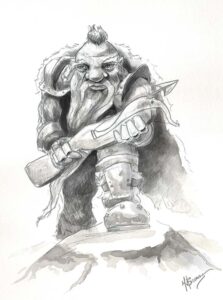
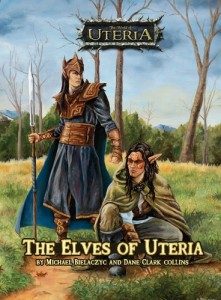
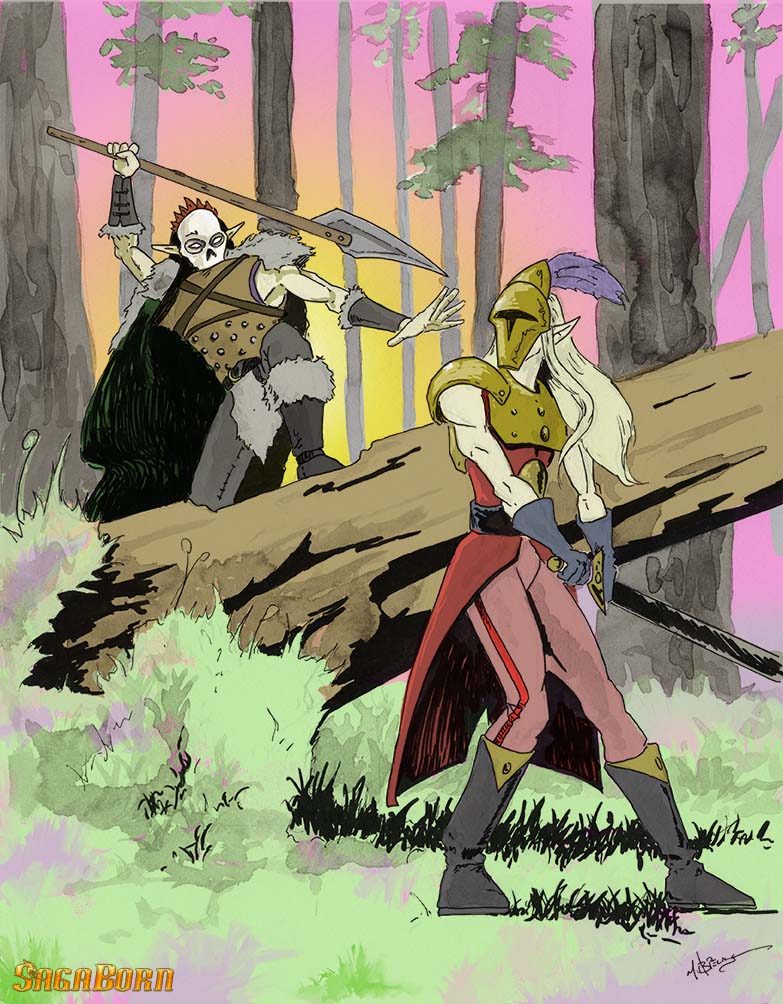
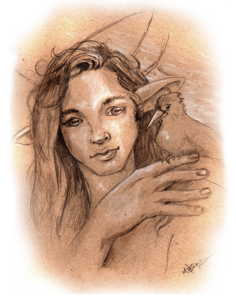 Stats: Elfling: +1 cha, -1 wis, iron causes discomfort, low light vision 60’, fearless (immune to fear effects)
Stats: Elfling: +1 cha, -1 wis, iron causes discomfort, low light vision 60’, fearless (immune to fear effects)